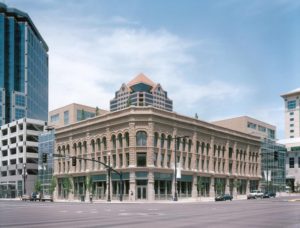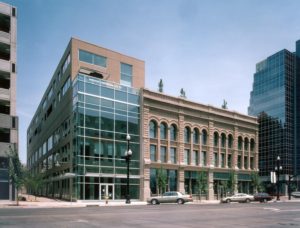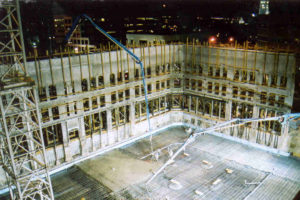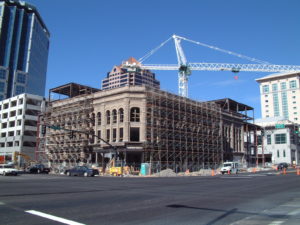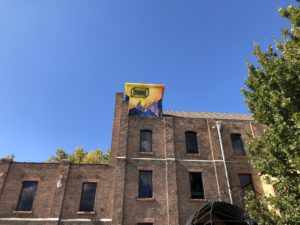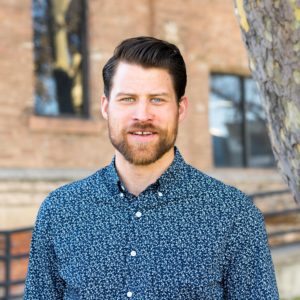We love seeing existing structures become more resilient; amazing adaptive re-use projects that breathe new life into a building, and historic staples may be preserved for the next generation to enjoy. Whether changing use and occupancy, preserving a historic structure, or improving the seismic performance of a building, Dunn Associates is here to help you find creative solutions to the unique scenarios presented by existing structures.
While the reasoning for exploring a structural retrofit may vary, the work itself typically falls into one of two categories: required or voluntary. The triggers for a required retrofit will depend on the jurisdiction reviewing the project, and can range from an increase in occupancy to extending the useful life of the building. In the State of Utah, the most likely items to trigger a retrofit is increasing the risk category of the building, such as converting an office building into an educational facility, increasing the total occupancy of the building by 100%, or constructing an addition which is dependent on the existing structure. All of these require the design to be done to full seismic forces. Another potential trigger, which allows reduced seismic forces, is altering gravity supporting elements that support more than 30% of the floor and roof.
It sounds daunting to be required to retrofit a building to full seismic forces, but through careful coordination and using a different design code than for new buildings, we are able to take advantage of the positive attributes of the existing structure. We can then add strategically to reduce the stress on the existing system, instead of adding a new standalone system. Mitigation strategies might include adding:
- concrete walls to brick buildings
- fiber wrapping concrete frame systems
- creating new braced frames in a steel building
A similar approach would be taken with a required retrofit with reduced seismic forces.
For a voluntary retrofit, the amount of flexibility increases immensely. While we can evaluate and design a retrofit for the entire building. We can also look at strategic options that are the most impactful to public safety and most economical. This is particularly beneficial in a tenant-occupied building as it allows for reduced downtime and limited tenant impact. For structural systems that are notorious for being sensitive to seismic events, such as unreinforced masonry (URM), it allows for tackling the items that will help prevent damage in moderate earthquakes, similar to the earthquake we had in March. Some cities, such as San Francisco and Seattle, that have a high inventory of URM structures have implemented, or are considering, ordinances which require seismic retrofits. In an effort to reduce cost impacts, those jurisdictions have identified the most consequential items to public safety. We generally follow the lead of these jurisdictions in our approach.
In order to determine what the capacity of the existing building is, multiple levels of investigation may be required. These can include:
- on-site investigations
- review of existing drawings
- non-destructive and destructive testing
Having existing structural drawings available is always the ideal scenario. It allows for the most efficient review and is typically the most accurate. In the absence of drawings, more time will be needed to visually observe the structure and gather essential information. In some cases, especially concrete buildings, there is only so much visible, even without finishes, as the key information is typically the reinforcing within the concrete. For cases such as this, a contractor would be engaged to do a scan of essential and typical concrete elements. In some cases, further destructive testing may be required in order to determine concrete and masonry strengths.
At the end of the day, our goal is to help make your building more resilient. Whether that be through a complete retrofit of the entire building to full seismic forces, or tackling one floor or one item at a time to mitigate the most susceptible hazards, Dunn Associates can help walk you through the process.
Tyler W. is one of our fabulous Project Engineers.
“When I’m not outside skiing, boating, biking, or hiking, I enjoy woodworking. Think cutting boards, not furniture. I also love to travel, internationally and domestically.”
